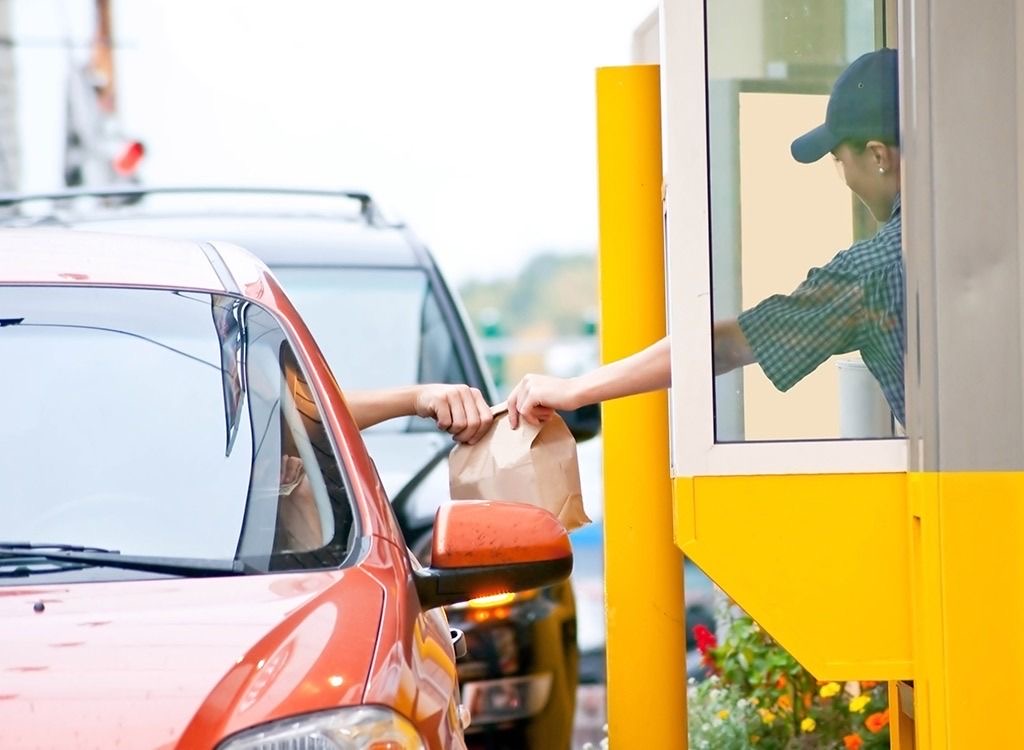EYM Group has become the latest fast-food chain struggling to stay afloat in 2024. The company, which owns many fast-food restaurants, recently filed for bankruptcy. This means it could not keep up with its financial obligations and needed protection to reorganize its debts. The company’s situation is similar to other fast-food businesses in 2024.
During the pandemic, some fast-food businesses struggled. However, many of them managed to bounce back quickly. They easily recovered because American citizens were spending more on eating out.
Back then, people had more disposable income because they had extra cash from government aid and other sources. However, now, things have changed. Americans are being more careful with their spending. With high inflation, everything is more expensive, even fast food. For many people, grabbing a burger or a quick meal is not as affordable as it used to be; it is almost a luxury.
This shift in spending means fewer people are visiting fast-food restaurants, and it is not just EYM struggling. Chains like McDonald’s have tried to draw customers back with budget-friendly meals, but it has not been easy.
High inflation makes it harder to keep prices low while still covering rising costs, like workers’ wages and ingredient prices. So, even if these companies try to offer cheaper options, the cost of running a fast-food business keeps increasing.
For franchise owners like EYM, these issues are particularly tough. Although they are part of larger chains, they operate as individual businesses. They have to pay high fees to the parent company, cover their expenses, and turn a profit.
All of these and other tasks become more challenging with time. Experts think that if inflation stays high and people avoid fast food, more franchise owners might also have to file for bankruptcy.
EYM Pizza Files for Chapter 11 Bankruptcy
In July, EYM Pizza reportedly filed for bankruptcy under Chapter 11. This means they are trying to reorganize their business instead of completely shutting down. EYM Pizza is part of EYM Group, a large company that owns and operates many popular fast-food restaurants across seven U.S. states.
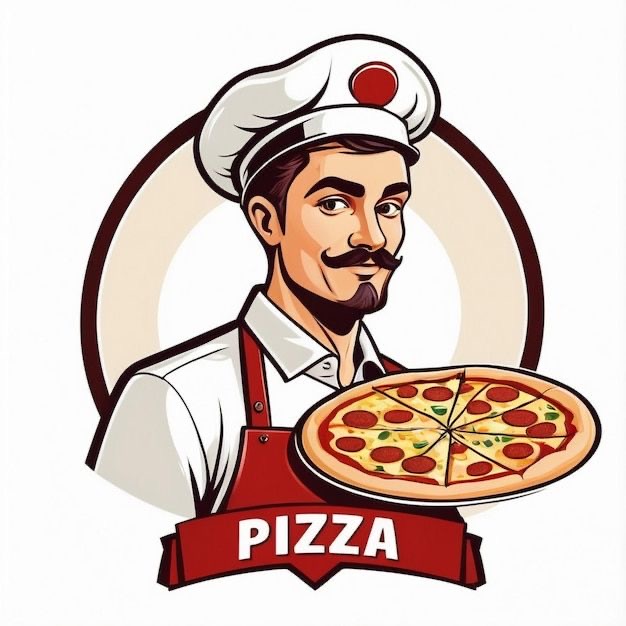
EYM Group manages franchises for well-known chains like Panera Bread, Burger King, Pizza Hut, KFC, and Denny’s. They have separate companies, called subsidiaries, for each of these brands. For instance, EYM King is part of the EYM Group that runs Burger King locations.
EYM Group has been struggling with its business lately, but EYM Pizza is the only company that has filed for bankruptcy. This filing came after EYM shut down several Pizza Hut locations in states across the Midwest. Some experts think that if these financial troubles continue, it might affect other parts of the company.
So far, EYM has closed many of its KFC restaurants. The group cut its total number of restaurants by about half. Currently, EYM Group has not made any official statements about the bankruptcy. They have also not stated the reasons why so many of its restaurants are closed.
ALSO READ: Major Furniture Retailer Abruptly Closes and Files for Chapter 7 Bankruptcy
EYM Group’s Franchise Portfolio and Financial Woes
EYM Group has different restaurant franchises and faces tough times, especially with its KFC locations. Although the company’s bankruptcy filing can significantly affect it, it is unclear how this situation will impact EYM’s other businesses. However, EYM has already shut down over half of its KFC restaurants. This move suggests that the company is cutting costs to survive.
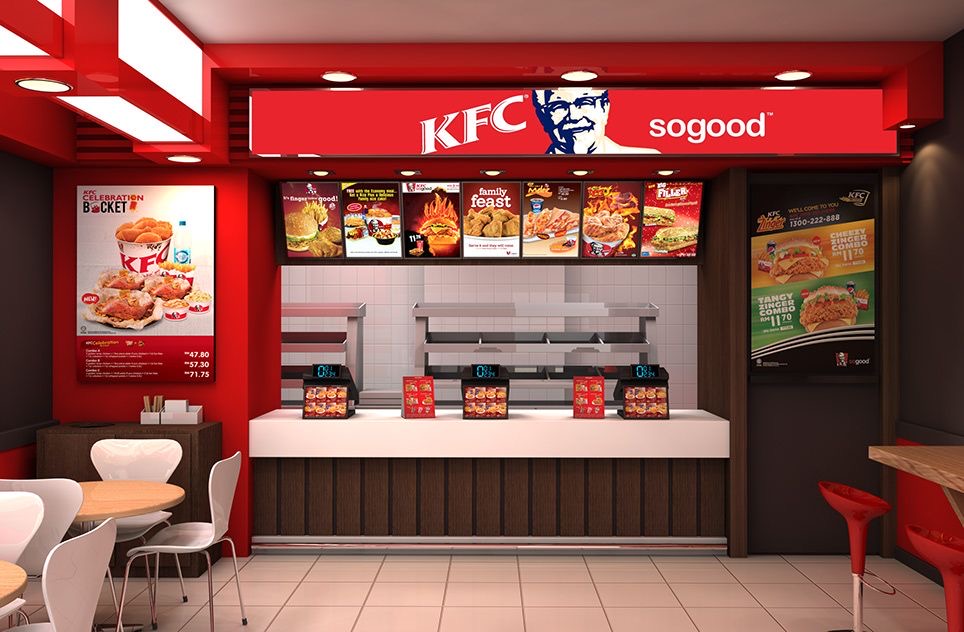
So far, 25 out of EYM’s 47 KFC locations have closed. EYM has not directly confirmed these closures, but local news sources reported them. Some of the closed restaurants posted notes on their doors expressing thanks to loyal customers.
One message read, “We want to take a moment to express our heartfelt gratitude for your loyal support over the years. It is with mixed emotions that we announce the closure of our store. We understand this news may come as a surprise, but we feel it is the right decision for us at this time.”
EYM Group has not made any public statements about these shutdowns or its bankruptcy status. However, other sources have revealed that the KFC closures are widespread.
A source confirmed that the closed KFC locations were not taking online orders, and when customers tried calling, nobody answered at many of the stores. According to KFC’s franchise document from March 2023, EYM owned 47 KFC locations. Therefore, this recent wave of closures has affected more than half of its stores.
EYM only began operating KFC locations in 2019, so it is a new franchise. Since then, it has tried to grow its business. However, the financial troubles leading to the Chapter 11 bankruptcy show how challenging it can be to run a successful chain of restaurants. The company has not mentioned these closures or bankruptcy on its official website. This silence leaves customers and employees with little information about the future.
EYM will likely make decisions about its other franchises as the bankruptcy process unfolds. These decisions depend on the financial recovery plan it sets. In bankruptcy cases, companies often change to reduce debt and avoid future losses.
For EYM, this might mean focusing on fewer restaurants or selling off parts of its business. This situation illustrates how challenging the restaurant industry can be and how companies sometimes must make difficult decisions to survive.
Legal Disputes With Yum Brands and Armada Oil and Gas
In addition to the bankruptcy situation, EYM is involved in two significant legal battles, which are adding to its struggles. The first legal dispute is with Yum Brands, the company behind popular fast-food chains like Pizza Hut, KFC, and Taco Bell.
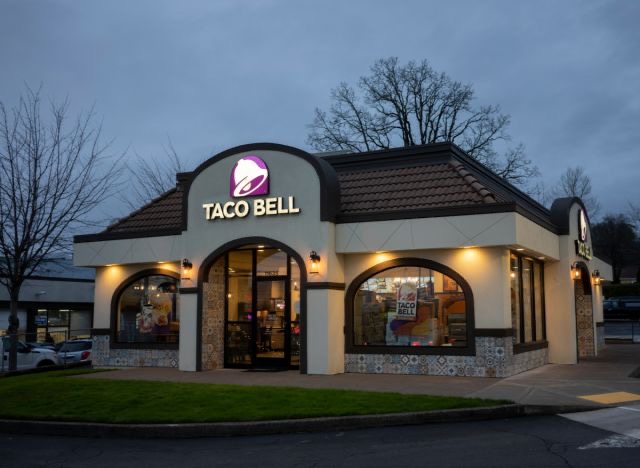
EYM claims that Yum Brands has not invested in new restaurant technology. Up-to-date technology might include better ordering systems, digital menus, or efficient payment methods. All of these can make running a restaurant easier and more profitable. EYM believes that because Yum Brands did not make these tech upgrades, its restaurants are struggling to keep up with other, more modern competitors, which affects its business success.
Yum Brands is not the only one EYM is disputing with. The fast-food chain is also facing a lawsuit from another company, Armada Oil and Gas. This lawsuit is related to some Burger King locations that EYM owns through a subsidiary company called EYM King.
Armada claims that EYM King broke the lease agreement terms for some Burger King restaurants, which EYM King later shut down. According to Armada, EYM King not only closed these locations but also stopped paying rent on them, which violated their lease contract.
These legal disputes with Yum Brands and Armada Oil and Gas add to the financial pressure on EYM during an already challenging bankruptcy process.
Ongoing Struggles in the Fast Food Industry
EYM’s story is a classic example of how fast-food chains and franchise owners have struggled in the past few years. The COVID-19 pandemic disrupted their business, forcing many to close or limit their services, which hurt their income.
In 2024, these restaurants still face challenges and struggle to make their desired profits. High inflation has made food and other costs much higher, which adds more pressure on these businesses.
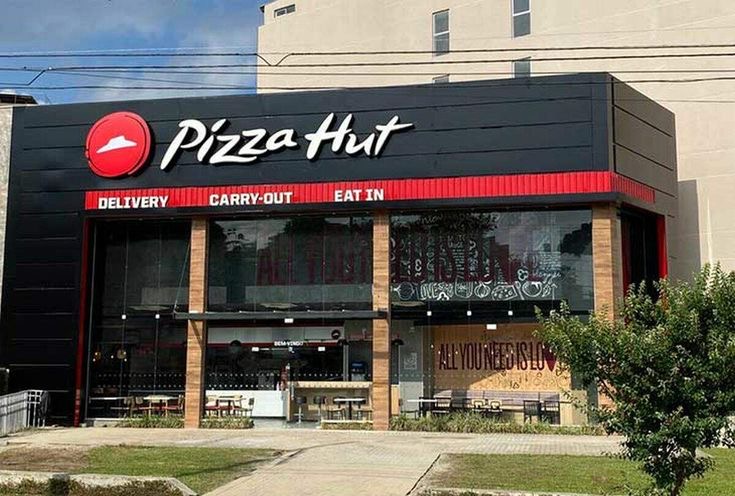
One recent example of these challenges is the latest fast-food franchise that filed for Chapter 11 bankruptcy. This filing shows that the trend of fast-food businesses struggling financially is not ending soon.
The pandemic hit smaller or “second-tier” fast-food brands especially hard. Unlike big names like McDonald’s, Domino’s, Chipotle, and Starbucks, many smaller brands did not invest in technology, such as mobile apps and delivery services, before the pandemic.
When COVID-19 caused lockdowns, these bigger chains were ready to shift quickly to drive-thru, take-out, and delivery services. This helped them stay open and keep customers. The large chains did not specifically plan for a global pandemic, but their early technological investments made adapting to the new conditions easier.
Smaller brands that had not invested in these areas struggled to keep up and saw their sales drop significantly. Then, just as the pandemic started to wind down, they were hit with other financial problems, such as workers’ wages and food prices.
Due to these problems, they felt pressure to offer “value meals” or affordable deals, like multiple items for $5. They did this to keep attracting customers. These financial challenges have led many fast-food franchise owners to struggle to keep their businesses afloat. For example, Burger King has seen several franchise operators go bankrupt, leading the company to buy hundreds of these restaurants to prevent them from closing.
Yum Brands, the parent company of Pizza Hut, also faced a similar situation when one of its crucial franchise operators filed for bankruptcy and even sued the company. Also, one of Yum Brands’ other fast-food divisions has closed over half of its locations. This shows just how hard it is for some of these brands to stay in business in today’s economy.
The fast-food industry faces a challenging mix of rising costs and pressure to keep prices low. The increased demand for technology that some brands have not yet adapted to makes it difficult for smaller players to compete with larger, more prepared chains.
ALSO READ: Red Lobster Is Closing More Restaurants Due to Ongoing Bankruptcy
Changing Consumer Spending and Fast-Food Challenges in 2024
In 2024, fast-food restaurants experienced significant changes because people spent their money differently. With the current inflation, prices for everything are rising, causing people to have less extra cash and be more careful about spending. As mentioned, fewer people buy fast food as much, and even when they do, they want to get the most for their money.
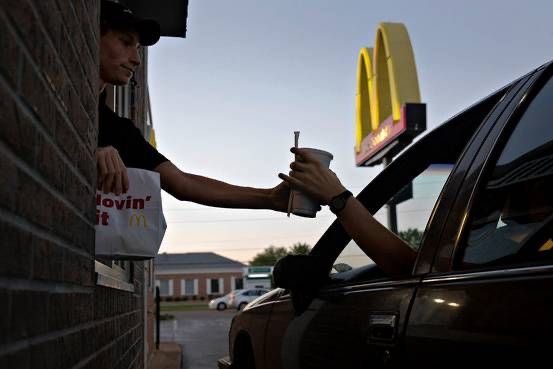
Many customers also seek healthier options instead of greasy or fried food. This means fast-food places must consider adding healthier choices to their menus. But changing menus is expensive, and preparing fresh, nutritious food can slow things down, so not all fast-food places are eager to make these changes.
Technology is another challenge. Today, people are used to ordering food quickly and easily from phone apps. They also expect food to be delivered fast. Keeping up with all this new technology can be challenging for a fast-food restaurant. If they do not have convenient ways to order and pay, customers might go to other places that do.
There is also a problem with finding workers. So far, in 2024, there has been a steady increase in workers’ minimum wages. This has increased the cost of production and the prices of food. Some restaurants must lay off workers to keep up with the new salary. Having a few workers can lead to problems like longer wait times, slower service, and sometimes mistakes with orders, all of which can drive customers away.

